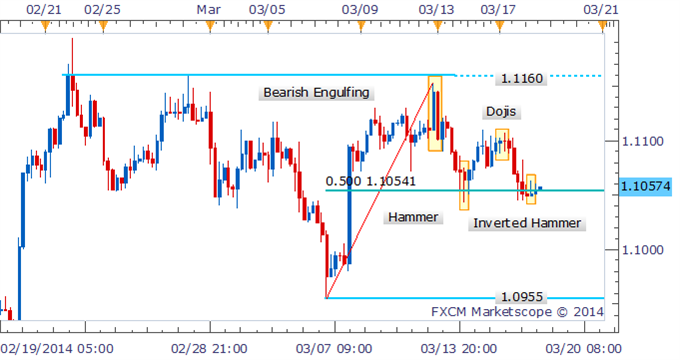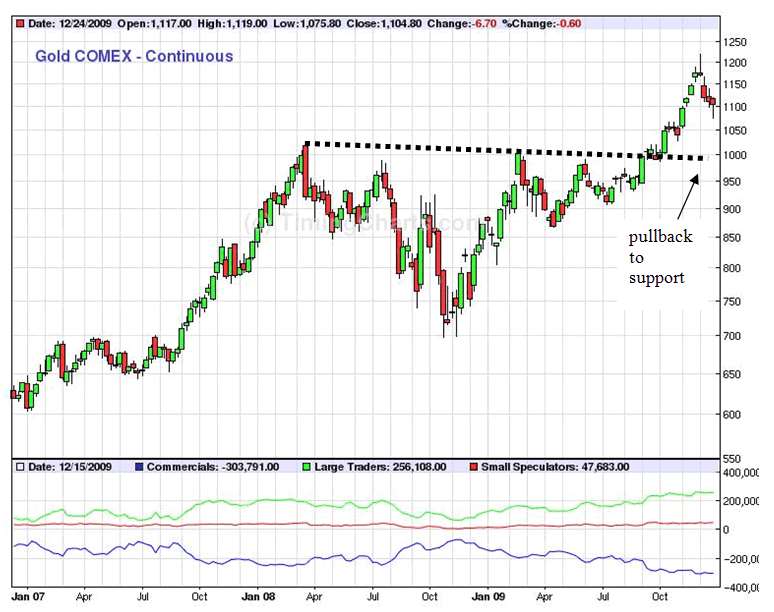Forex pullback definition
But, today, I want to share with you a very simple, concise pattern that has a tremendous statistical edge. This pattern has been one of the mainstays of my trading techniques for many years. A pullback seeks to capitalize on the fundamental principle of trend movement: Rather, they move in periods of with-trend strength, interspersed with consolidations and pullbacks.
Now, I think a lot of nonsense has been written about this—about patterns and types of pullbacks, and ratios, and different expectations based on these distinctions. I still continue to do research in this area.

Well, you also need to be well capitalized, size positions correctly, and do everything with perfect discipline. The chart above is from the portion of my book I decided not to publish, and shows one way we can define pullbacks.

In this case, once a market goes to a channel any channel, within reason , you can look to enter around the moving average. The concept here, of working within the fluctuations of the market, is solid and works across a wide range of markets.
There are no statistical homeruns. There are, however, small, robust edges that we can apply, with perfect discipline, and pull superior risk-adjusted returns out of the market. I also want to do something a little different today. Self-promotion really is foreign to me, as my long-time readers have seen. However, in my published research , we are going through a period of really solid performance: Clients get a lot of detail on the trades, specific entry levels, stop losses, profit targets, and ongoing trade management commentary.
Use this form t o contact us. The point here is that each of these trades was based on a pullback on the timeframe shown: In all cases, the entry was on the next bar of the chart following the arrow. Regardless, you can base an entire trading program on this simple, robust pattern that works. I have read some articles about momentum which often correlates with pullbacks and the authors mainly write that momentum has been such a consistent factor because it is rooted in our behavioral biases and that news takes time to be fully priced in.
But this should change with a market becoming more and more traded by algos. What do you think, why has been momentum and the pullback pattern so robust in the market? Hi Markus, The algos focus more on the intraday timeframe.
I am not putting blame here, just stating the fact which has been true even from the early days of financial markets. So given the above info, we need not worry about algos. One way to avoid them is to trade in a higher timeframe.
The chart below shows a current trade in EPI India ETF. Notice how EPI made a strong thrust to break the red downtrend. Then it consolidated pullback in the white area. A position was initiated on a breakout from the white consolidation area also marked by the green arrow. The first profit target was reached at the yellow arrow.
Then notice another consolidation area pullback designated by the blue area and EPI breaking out from it. Will EPI move to higher prices?
The stop has been raised to the blue arrow to lock in more gains. Instead of focusing on algos, I simply focus on finding clarity on the balance of buying and selling pressure. A pullback is a market structure that provides clues to that. The chart below is on the weekly timeframe see my comment above on why it will help reduce the noise. Notice the pullback indicated by the white line. A position was initiated on a breakout from the white pullback also indicated by the green arrow.
Notice how it started to move up from then on.
Book to Bill Ratio Definition & Formula
I am trading pullbacks intraday on a 5M and 15M timeframe and it works if you use appropiate SLs and targets. As you do I suppose there are more algos trading on the short and ultra-short timeframes. If you want to trade pullbacks you need instruments with a wide enough daily ATR and therefore I would currently not trade the T-Note futures. But my question is why it works so well, not only the pullback pattern, but also momentum.
The edge should get smaller if those trades become more crowded or it might vanish if the market gets more efficient. On the other hand, imagine good new hits the mkt and a stock rises. Buying, selling a bit to release some buying pressure from the mkt and so on. Perhaps this is the reason why momentum has been so persistent.
You actually got your own entire post here: Hi Adam In general do you tend to mange pullbacks in futures and currencies differently than if you were trading a pullback in a stock? For example would you tighten stops quicker once a stock has moved in your favour playing for one clean swing with little giveback compared to a future or currency where you might be looking to hold for an extended trend?
In other words, there are times I will tighten very aggressively and times that I will give things more room. In general, I tend to give pullbacks wider stops than some other trades, but it does depend….
HI Adam, Amazing article. Currently, I am using ATR based stop loss and bollinger bands based profit targets but would be grateful for any guidance on better way of defining it Many thanks, Yogesh. Well, you have to make some decisions, and then realize you are testing those decisions. You also need to be careful about refining those decisions, because this can lead to overfitting the question to the data.
Forex Trading Commentary » Learn To Trade
I think the details of this can be worked out in many ways. Compare Keltners to Bollingers in your test, perhaps? Adam, is it safe to assume that the results in the chart above are only for entries in which a bar touched the 20 EMA?
I understand there is a great degree of discretion in what I am about to type, but many times price comes close but does not touch the 20 EMA during the pullback.
My work contradicts this. This is very important if we are to understand how the market really moves and where our trading edge really comes from.

We as a crowd make the price move and as our ability to analyze and see the price action with less and less delay, our effect becomes exponentially more rapid. Wall Street National Reading Trend Strength Through Patterns - Wall Street National.
The Definitive Guide to Trading Pullbacks and Breakouts TradingwithRayner. The Complete Guide To Finding High Probability Trading Setups TradingwithRayner. This 8 Step Trading Checklist Will Take Your Trading to the Next Level TradingwithRayner.
Sign up today to receive updates and insightful analysis. Designed by Elegant Themes Powered by WordPress.
Pullback
Tweet Share on Tumblr. Follow AdamHGrimes Related posts: How to trade pullbacks Technicals for everyone: It can be argued that there might not be much algos in EPI. Ian, thanks for your response. Thank you both for thoughtful discussion and good questions. Popular Posts Chart of the day: How Do You Calculate Volatility In Excel?
Chart of the day: Business as usual in the Nasdaq Composite? Recent Comments Slammer on Chart of the day: Danny Boy on Chart of the day: Al3cs on Chart of the day: Shu Fan on Dealing with no followthrough Nick on Dealing with no followthrough. Terms of Service Privacy Policy Sitemap Contact form. Follow me on Twitter My Tweets. Archive Archive Select Month June May April March February January December November October September August July June April March February January December November October September August July June May April March February January December November October September August July June May April January December November October December October September August July June February January December October September Facebook Twitter Google RSS Designed by Elegant Themes Powered by WordPress.
Send to Email Address Your Name Your Email Address jQuery document. Sorry, your blog cannot share posts by email.